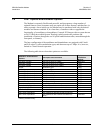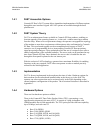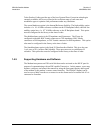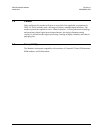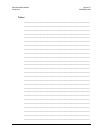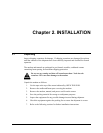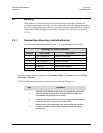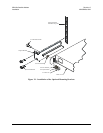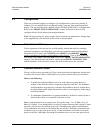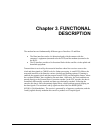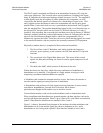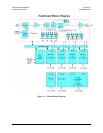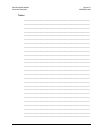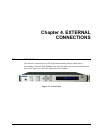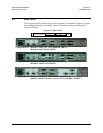
CDM-Qx Satellite Modem Revision 5
Installation MN/CDMQx.IOM
2–4
2.3 Configuration
There are no internal jumpers to configure. All configuration is carried out entirely in
software. The unit should first be configured locally, using the front panel keypad and
display. The unit will ship with a default Viterbi 128 kbps, QPSK, Rate 3/4 configuration.
Refer to the ‘FRONT PANEL OPERATION’ chapter for details on how to fully
configure the unit for the desired operating parameters.
Note: The auto-sensing AC power supply does not require any adjustments. Simply plug
in the supplied line cord, and turn on the switch on the rear panel.
2.4 Select Internal IF Loop
Correct operation of the unit may be verified rapidly, without the need for externally
connected equipment, providing there are at least one modulator and one demodulator.
From the top-level menu, select CONFIG, then GROUP, then MODEM. This will
require a modulator to be above a demodulator in the chassis. Then go back to the top-
level menu; select TEST, then IF LOOP (refer to the ‘FRONT PANEL OPERATION’
chapter). The demod should synchronize, and the green RECEIVE TRAFFIC LED
should illuminate. If the unit does not pass this test, call the factory for assistance.
2.5 Connect External Cables
Having verified correct operation in IF loop, enter the desired configuration, and proceed
to connect all external cables. If difficulties occur, please call the factory for assistance.
Observe the following:
• If modulators and demodulators are to be used without grouping them as a
modem, a data interface cable is required to plug into each unit. If a modulator
and demodulator are grouped as a modem, the modulator must be located above
the demodulator and a single data interface cable is used simply by connecting it
to the demodulator.
• If a modulator, demodulator, or grouped (modem) is defined as a back up unit, a
data interface cable is not required to the unit or units.
Note: Each modulator has an output power level in the range -5 to -25 dBm (-5 to -45
dBm for L-Band). Even though there is a single IF output connector and a single IF input
connector, all four slots are hooked up by way of internal power splitters and summers.
If two modulators are turned on, the total power out will be 3 dB higher (assuming both
modulators are set to the same power level). If four modulators are turned on, the total
power out will be 6 dB higher (assuming all modulators are set to the same power level).



